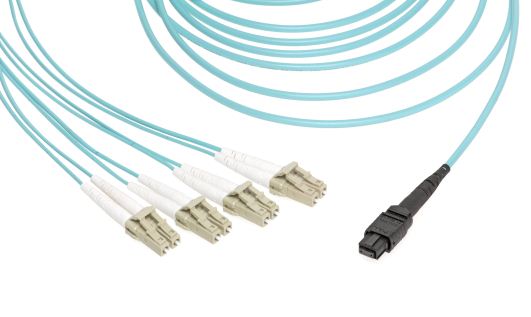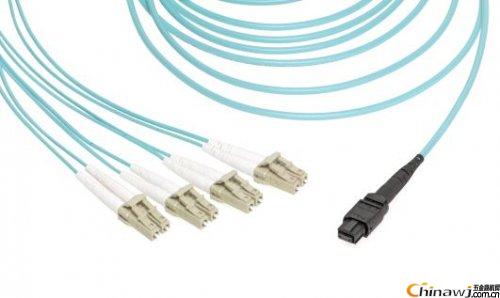In the maturing market, the winner of the victory has excellent technology and is also driving the continuous development of competitive technology. In the fiber optic interconnect market, this situation has emerged in the field of small form factor fiber optic connectors. In the maturing market, the winner of the victory has excellent technology and is also driving the continuous development of competitive technology. In the fiber optic interconnect market, this situation has emerged in the field of small form factor fiber optic connectors. Over the past three decades, many fiber optic connectors have blossomed like a flash in the pan, and LC and MTP*/MPO interconnect systems have emerged as the clear leader, enabling users and system designers worldwide. Optical components and transceiver designers are the beneficiaries.

The LC connector provides optimum performance and ease of use based on ceramic sleeve connectors. The MTP/MPO interconnect interface provides a balance between optical performance and fiber port concentration for optimum density. Although the original SC connectors are suitable for lower density patch panels and optical modules, the FC connectors are designed for a more robust test equipment environment. In most applications, the use of ST, SC, and FC connectors is declining due to the obvious advantages of LC and MTP/MPO connectors. The LC interconnect system can support a variety of cable diameters, strain relief boots or benders. The pull tabs help the LC achieve maximum plug panel density while maintaining ease of use. For single-mode applications, the APC (Acorn Polished) version helps achieve excellent retroreflective performance. The LC connector is optionally equipped with a six-position swivel sleeve tuning feature that provides the lowest insertion loss performance when needed. Despite the need for ever higher fiber densities, solutions typically require a direct transition from ceramic sleeve-based connectors to precision molded, MT-based multi-fiber ferrule-based connectors. This makes the situation more complicated. Now let's take a step back and explain the terminology: ◠MT Sleeve – Precision Molded Sleeve Supports 2 to 72 Fibers for Fiber Centering Components for MTP/MPO Connectors ◠Guide Pins – Used by MT Sleeve A component of the pinhole centering mechanism provides precise centering for multiple fibers between two mated MT sleeves. ◠MPO connector – industry standard multi-fiber rectangular push-pull connector interface at the male end MT sleeves can be accommodated in the side (with guide pin) / female end (no guide pin) configuration ◠MTP connector – vendor-specific and trademarked version of the MPO connector interface, especially after pairing with the optical module Improves optical and mechanical performance of optical interfaces Depending on the number of light and the specific application, the MTP/MPO interface can support multimode and singlemode fibers with different fiber counts, cable construction, and cable outer diameter. The optical performance of the interface comes from the precision molding process of the MT sleeve and the polishing process of the glass fiber, both of which have been greatly improved over the past few years. The single-mode MT bushing is angularly polished to improve return loss performance, while the multimode bushing is PC (planar) polished. For MTP/MPOs using specific optical modules, such as QSFP (eight functional fibers, four center fibers not used) or CXP (24 fibers), there are a number of standards that drive the growth of fiber count. The new standard will define versions of 16 and 32 fibers.
Compared to LC ceramic sleeve-based connectors, MTP/MPO technology significantly improves density at the per-fiber port count. However, this requires designers, installers, and end users to carefully evaluate the management of the fiber to move, add, and change during the life of the cable infrastructure.
Http://?itemid=479
Http://news.chinawj.com.cn
 Editor: (Hardware Business Network Information Center) http://news.chinawj.com.cn
Editor: (Hardware Business Network Information Center) http://news.chinawj.com.cn 
1.Our Polycarbonate Sheet,tiles will not be broken within 10 years under the weather and impact strength. Yellowing index and transmittance loss will not exceed the value defined by warranty;
2.We guarantee for the surface of pc sheet not caused collateral damage due to hail impact, but our guarantee not including the damage caused by other impacts such as scratches, abrasions, exposure, self-storage, transportation, handling and improper installation, physical and chemical changes occur.
Transparent Polycarbonate Sheet Price,Transparent Polycarbonate Slat,Transparent Polycarbonate Sheet Greenhouse,Transparent Roof Sheet
FOSHAN KASO BUILDING MATERIAL CO.,LTD , https://www.kasocover.com